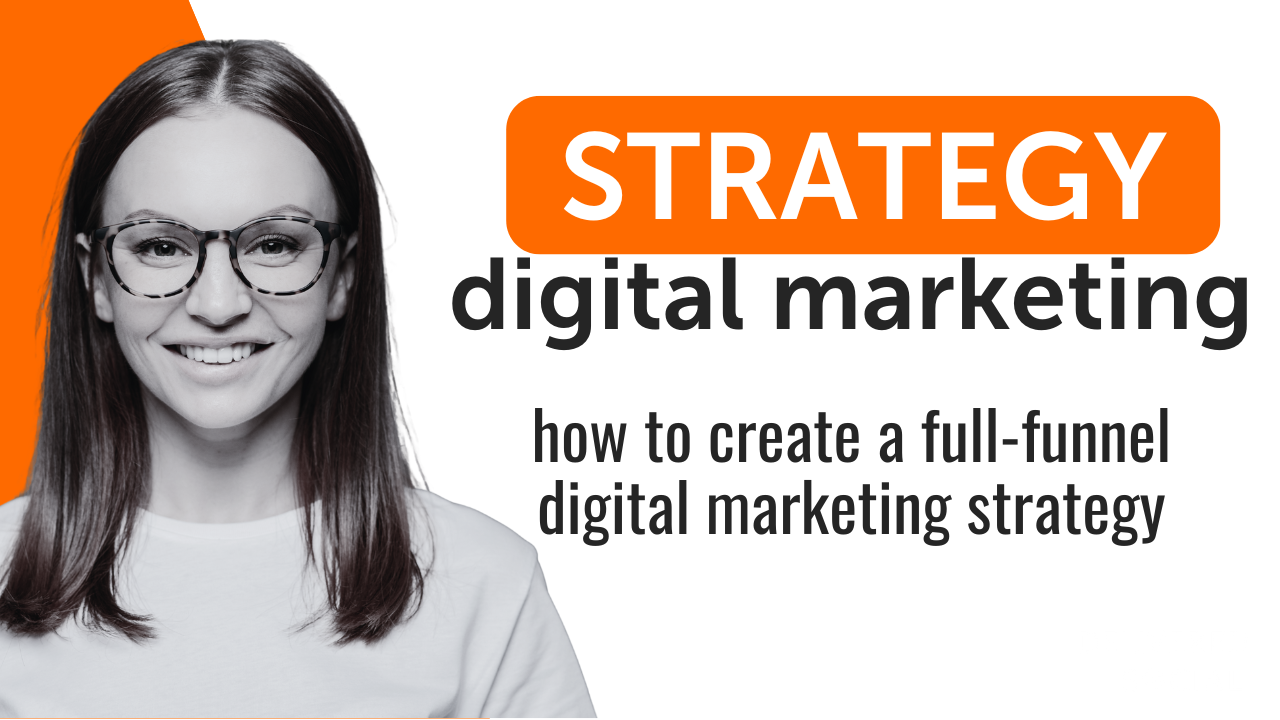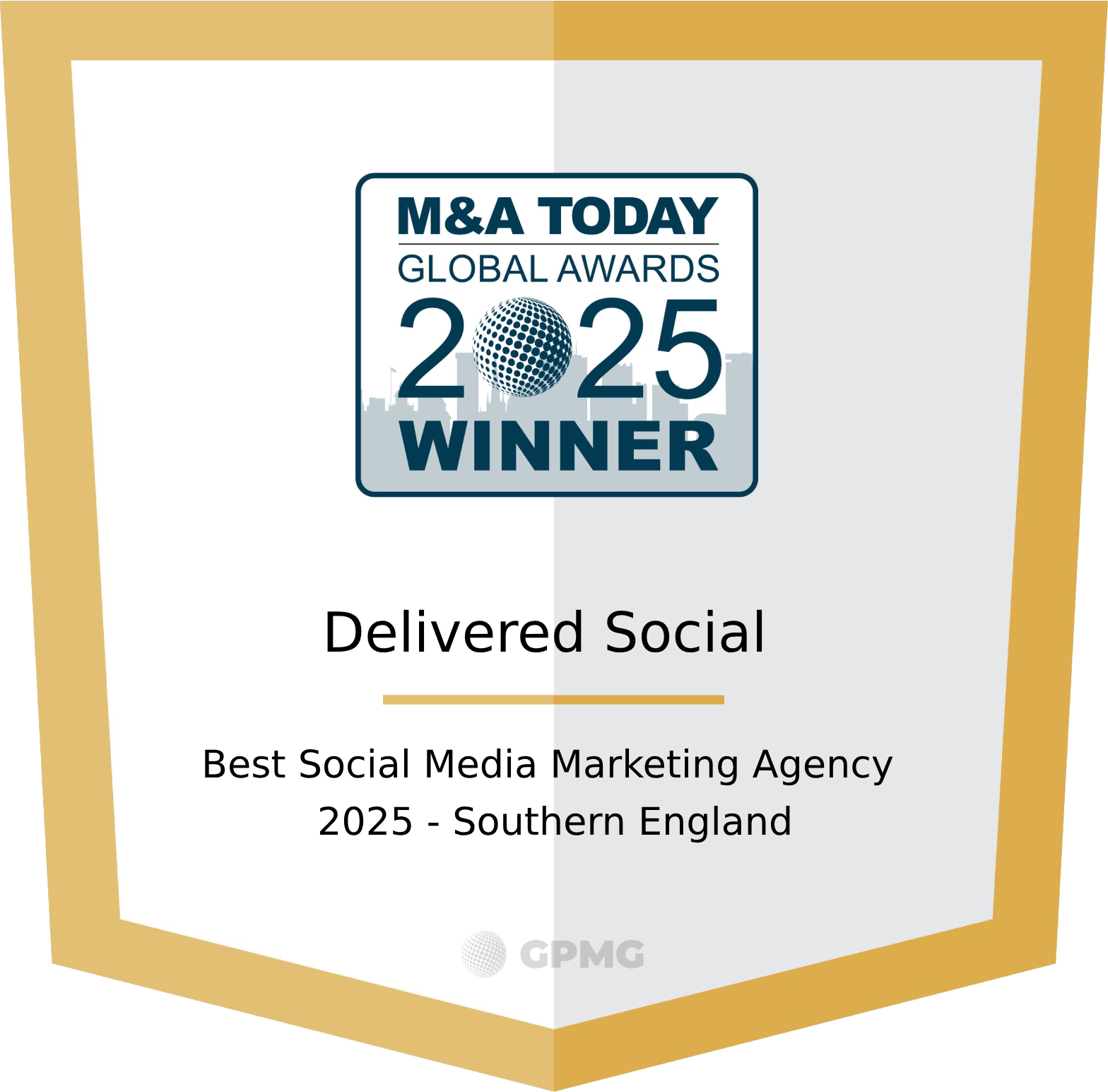
In today’s competitive landscape, digital marketing success requires more than a clever ad or a high-ranking blog post. Businesses need a structured, end-to-end strategy that guides potential customers from initial awareness to final conversion, and ideally, beyond. This is where a full-funnel digital marketing strategy becomes essential.
Unlike one-off campaigns that focus on a single touchpoint, a full-funnel strategy considers the entire customer journey. It ensures that every message, piece of content, and digital experience is aligned with where the customer is in the buying process. Whether you’re a startup or an established business looking to strengthen your presence, understanding how to build and execute a full-funnel strategy will help drive consistent growth.
What Is a Full-Funnel Strategy?
The digital marketing funnel typically consists of three stages: top, middle, and bottom. Each stage represents a different level of engagement with your audience:
- Top of the funnel (TOFU): This is where potential customers become aware of your brand or the problem your product solves.
- Middle of the funnel (MOFU): Here, prospects are evaluating their options and gathering more information.
- Bottom of the funnel (BOFU): At this stage, leads are ready to make a decision and convert into customers.
A full-funnel strategy ensures your marketing efforts support each of these stages with tailored content, messaging, and calls to action. Without this structure, you risk focusing too much on one part of the journey and leaving gaps that cause leads to drop off.
Step 1: Know Your Audience at Every Stage
Before you can map out an effective funnel, you need to understand your audience. Who are they? What challenges are they facing? How does their mindset change as they move closer to a purchase decision?
At the awareness stage, people may not yet realize they need your solution. Your messaging here should focus on education, brand visibility, and building interest. In the middle of the funnel, you’ll need to demonstrate value and trust. By the time prospects reach the bottom, your content should remove any remaining friction—highlighting offers, social proof, or comparisons that help them confidently make a decision.
Engaging a team of seasoned digital marketing experts can help you uncover deeper insights through analytics, customer personas, and behavioral trends. With this foundation in place, you’ll be better equipped to design campaigns that resonate at every stage of the funnel.
Step 2: Build a Content Strategy That Matches the Funnel
Content is the bridge between you and your audience at every point in the funnel. However, not all content serves the same purpose. What grabs attention at the top may not convert at the bottom—and vice versa.
At the top of the funnel, your goal is visibility and reach. Blog posts, social media content, videos, and paid ads can all serve to introduce your brand. Focus on addressing common questions or challenges your audience is facing, and offer insights without pushing a sale.
In the middle, your audience is actively considering their options. Case studies, email newsletters, comparison guides, and webinars can help nurture their interest. This is the time to showcase expertise and begin differentiating yourself from the competition.
By the bottom, trust has been established, but your prospect needs a final nudge. Clear calls to action, product demos, testimonials, and limited-time offers can all help bring the conversion home.
Experienced digital marketing strategists understand how to connect each content piece to specific funnel goals. This ensures your messaging stays focused and purposeful across every channel.
Step 3: Align Channels and Tactics With Funnel Stages
One of the most common mistakes in digital marketing is using the same tactics for every stage of the funnel. Not every channel works equally well across the customer journey, and applying a one-size-fits-all approach can dilute your message.
For example, paid social media is often a powerful tool for reaching new audiences at the top of the funnel. But for nurturing leads in the middle, email marketing or remarketing campaigns might be more effective. And at the bottom, direct outreach, personalized offers, or abandoned cart reminders may be what finally drives a conversion.
Aligning your tactics with the right stage of the funnel helps you use your marketing budget more efficiently. It also creates a smoother experience for your audience—one where each touchpoint feels timely and relevant rather than repetitive or confusing.
Step 4: Measure What Matters and Adjust
A full-funnel strategy is not something you “set and forget.” Continuous measurement is essential to track performance and improve outcomes over time.
But not all metrics carry equal weight across the funnel. At the top, you might track impressions, reach, and website visits. In the middle, engagement metrics—like click-through rates, email opens, or time spent on site—become more relevant. At the bottom, conversions, form submissions, and revenue take center stage.
Set clear benchmarks for each campaign and evaluate what’s working, what’s not, and why. The ability to adapt is a defining trait of strong digital marketing teams. It also ensures you don’t lose momentum when audience behavior or market conditions change.
Step 5: Don’t Forget Retention and Advocacy
A common oversight in funnel strategy is stopping at the point of purchase. But the customer journey doesn’t end with a sale—it evolves into retention, loyalty, and advocacy.
Satisfied customers can become some of your strongest marketing assets. Consider adding layers to your funnel strategy that support post-sale engagement. Follow-up emails, user onboarding content, loyalty programs, and referral incentives are all effective ways to keep the relationship strong and extend the value of each customer.
Nurturing long-term relationships also means you’ll spend less on customer acquisition in the long run, increasing your marketing return on investment.
Why Full-Funnel Thinking Matters Now More Than Ever
Digital marketing is no longer about isolated tactics—it’s about orchestration. A full-funnel strategy brings together every element of your brand’s online presence and connects them with purpose.
It helps your business:
- Understand your audience more deeply
- Serve the right message at the right time
- Improve lead quality and conversion rates
- Strengthen brand loyalty and customer lifetime value
And perhaps most importantly, it ensures that your marketing spend is aligned with business outcomes—not just vanity metrics.
For teams looking to adopt a more structured approach, partnering with digital marketing experts or digital marketing strategists can provide the insight and direction needed to build a strategy that grows with your brand.
About the Author
Shara Idnay is a digital marketing strategist and SEO expert. She helps businesses grow through smart, scalable search strategies.
Interested In Working Together?
Introducing Delivered Social. We’re The Most-Rated Digital Agency In Surrey & Hampshire – We’ve Got To Be Doing Something Right.
Delivered Social is a digital marketing agency with one mission—to help businesses grow. We’re famous in Guildford and Portsmouth for our social clinics. We believe in free advice. We build lasting relationships because our team prides itself on being helpful, which our clients appreciate.
If you are looking for a new website or an agency to manage your social media presence, we can help.
If you need something slightly different, here's a super handy list of all our services, or you can always email us.























